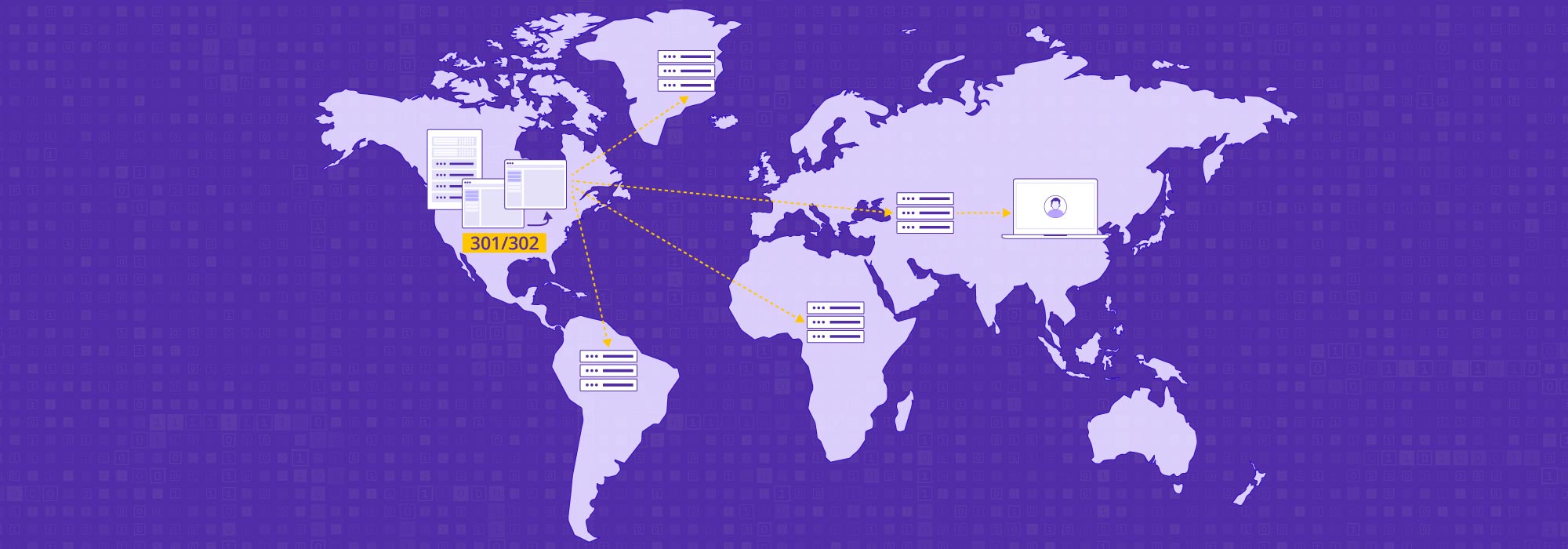In a world where cyber threats have become increasingly sophisticated and pervasive, safeguarding your business from potential attacks is of paramount importance. One of the key strategies in bolstering your cyber defenses is Vulnerability Scanning.
What is vulnerability scanning?
This systematic process proactively identifies and assesses the security vulnerabilities in your network, applications, and other critical infrastructures before they can be exploited by cybercriminals.
Conducting regular vulnerability scans provides a comprehensive view of your organization’s security posture, enabling you to prioritize and address the most critical weaknesses, thereby reducing the attack surface and fortifying your defenses against cyber attacks. Moreover, with the evolving regulatory landscape that mandates stringent cybersecurity measures, implementing vulnerability scanning has become not just a best practice but a compliance requirement for businesses across the globe.
Causes of security vulnerabilities
Security vulnerabilities arise from a confluence of factors within an organization’s digital ecosystem. Account abuse, where privileged credentials are mishandled or exploited, is a prominent concern.
Equally problematic are web configuration errors that inadvertently expose sensitive resources or data. Additionally, a poorly structured network can provide multiple entry points for malicious actors, magnifying the risk.
These vulnerabilities, compounded by factors like outdated software, human error, and lack of cybersecurity awareness, create a challenging environment for IT teams trying to shield their systems and data from ever-evolving threats.
How prevalent are vulnerabilities in contemporary enterprise infrastructures?
Organizations regularly grapple with a myriad of vulnerabilities, the quantity of which varies based on their size, industry, and technology stack. Factors such as outdated software, misconfigurations, and the rapid evolution of threats contribute to this number. To navigate this complex landscape, many turn to vulnerability scanning services and tools. These tools not only detect potential weaknesses but also categorize them for easier vulnerability management.
Using a vulnerability scanning service to protect your system
Vulnerability scanning is the act of scanning applications, systems, devices or networks for potential security weaknesses. These weaknesses or vulnerabilities in software and systems are often exploited by cyber criminals to breach the networks of organizations and to launch attacks.
Based on data collected by SecurityMetrics Forensic Investigators from last year’s breaches, it took an average of 166 days from the time an organization was vulnerable for an attacker to compromise the system. Once compromised, attackers had access to sensitive data for an average of 127 days.
Generally automated through tools, vulnerability scanning helps detect and classify weaknesses in an organization’s network and systems. These could be security vulnerabilities such as cross-site scripting, SQL Injection or insecure server configuration. Vulnerability scanning often looks for targets such as IP addresses and scans for known vulnerabilities and misconfigurations, and audits IP address ranges to detect for redundant usage of IP addresses or if unauthorized services are being exposed. By detecting these vulnerabilities and implementing proper countermeasures, you will be able to reduce the attack surface that cybercriminals and hackers could exploit.
How does vulnerability scanning work?
Vulnerability scanners basically operate based on several “if-then” scenarios and can take up to 3 hours to complete a scan. These scenarios check for various system settings that could lead to exploitation, such as an outdated operating system or an unpatched software version.
A vulnerability scanner runs from the outside – from the end point of the individual that is inspecting a particular attack surface. These tools can catalog all the systems in a network in an inventory, identify the attributes of each device including the operating system, software, ports and user accounts among others. The scanner then checks each item in the inventory to a database of known vulnerabilities including security weaknesses in services and ports, anomalies in packet construction, and potential paths to exploitable programs or scripts. The scanner software attempts to exploit each vulnerability that is discovered and flags up those within the vulnerability database that need further action.
The scan can be conducted either through an authenticated or unauthenticated approach. The unauthenticated approach mimics how a criminal would attempt to breach without logging into the network, while the authenticated approach involves a tester logging in as a real user and shows vulnerabilities that could be exposed to someone who managed to breach and pose as a trusted user.
The main types of vulnerability scans
Vulnerability scans help in detecting and pinpointing weaknesses in a system. The main types of vulnerability scans include:
- Network-based Scans: These are used to identify possible network security attacks. This type of scan detects vulnerabilities in network devices such as firewalls, routers, and switches and is typically performed from inside the organization’s network.
- Host-based Scans: These focus on host-level vulnerabilities, including missing updates, software flaws, and improper configurations on individual devices. They provide a deep-dive review of operating systems and application vulnerabilities.
- Wireless Network Scans: Designed to target wireless network infrastructures, these scans identify vulnerabilities related to Wi-Fi. This includes issues such as weak encryption methods or unauthorized access points.
- Application Scans: These are executed to discover vulnerabilities in web applications. They look for issues such as cross-site scripting, SQL injection, and CSRF vulnerabilities.
- Database Scans: These are tailored to identify vulnerabilities in databases. They can find misconfigurations, access control issues, and other potential weaknesses in the database systems.
- Authenticated vs. Unauthenticated Scans:
- Authenticated Scans: These are conducted using credentials, enabling the scanner to assess the network as a logged-in user, offering a more in-depth view of potential vulnerabilities.
- Unauthenticated Scans: Conducted without credentials, these scans replicate the actions of an external attacker
Why are vulnerability scans important?
It is impossible for an organization to have a fully secure network and for all its applications to be devoid of vulnerabilities forever.
This is especially true considering the discovery of more and more new vulnerabilities, software updates, patches and increasingly sophisticated forms of cyber attacks. Even malicious actors are constantly evolving their tools using automation, bots and advanced techniques to be able to exploit vulnerabilities. These attack tools methods are also becoming cheaper, easier and more accessible to criminals around the world.
We are also seeing more delays in the discovery of breaches. A FireEye report from 2020 showed the global median dwell time from the start of a breach to the point of its identification to be 56 days.
Penetration testing vs vulnerability scanning
It is important to distinguish the vulnerability scanning process from penetration testing. Vulnerability scanning is a more automated high-level scan carried out by a scanner and looks for potential security holes, whereas a penetration test is more exhaustive, involving a live manual examination of the network to try and exploit any and all weaknesses.
Moreover, vulnerability scans only identify the vulnerabilities while a penetration test will go deeper to identify the root cause of the issue and even business logic vulnerabilities that an automated tool can skip over.
Benefits of vulnerability scanning
In an age where cyber attacks are on the rise, and the tools used to exploit security weaknesses in enterprises are becoming more advanced, vulnerability scanning helps organizations stay ahead of the curve. Vulnerability scanning provides numerous benefits as follows:
Identifying vulnerabilities before they can be exploited: Vulnerability scanning is a way for organizations to discover weaknesses and fix them before criminals get a chance to take advantage.
Automating repeatable process: With most vulnerability scanning tools, you only have to configure once. After that it runs as a repeatable process on a regular basis and can provide monitoring reports on an ongoing basis.
Assessing overall security health of your systems: By identifying all the potential security vulnerabilities, it is also a way to ascertain the overall effectiveness of security measures in your network. Too many flaws or holes can be a sign that it is time for a revamp of your security infrastructure.
Preventing losses from data breaches: Identifying and plugging holes in the security can help organizations avoid significant financial losses that may otherwise have resulted from data breaches. Regular vulnerability scans may also be used to receive pay-outs from cyber insurance plans.
Meeting data protection requirements: Vulnerability scanning can also go a long way in avoiding fines that may result from loss of customers’ personal data and in meeting regulatory requirements. For example, the international standard for information security, ISO 27001, and the PCI DSS (Payment Card Industry Data Security Standard) are standards which mandate organizations to take key steps in detecting vulnerabilities to protect personal data.
Prioritized Remediation : Once vulnerabilities are identified, they can be prioritized based on their severity, enabling organizations to address the most critical threats first.
Reduction of Attack Surface : Regular scanning ensures that outdated software, misconfigurations, and unnecessary services are detected and managed, reducing potential entry points for attackers.
Enhanced Trust and Reputation : Demonstrating a commitment to cybersecurity can boost trust among clients, partners, and stakeholders.
Support in Risk Management : Vulnerability scanning provides tangible data, helping organizations assess and manage risks more effectively.
Challenges in vulnerability scanning
Organizations embarking on vulnerability scanning often encounter several challenges. A poorly planned scan can inadvertently disrupt critical services or trigger protective measures, emphasizing the necessity of scoping the scanning project meticulously. Balancing the depth and breadth of scans is also crucial. While external scans assess vulnerabilities visible to outsiders, internal scans delve into latent intra-organizational weaknesses.
Additionally, the distinction between authenticated scans, which simulate insider attacks leveraging user credentials, and unauthenticated scans, mimicking external threats, can impact the results’ comprehensiveness and accuracy. These intricacies underscore the complexity of effectively implementing vulnerability scans.
Proven strategies for optimizing vulnerability scanning
Effective vulnerability scanning hinges on a strategic blend of best practices. Accurate scoping sets clear perimeters, ensuring thorough yet non-disruptive examinations.
Maintaining an optimal scanning frequency captures newly-emerged threats, while employing a diversified scan suite—including external, internal, authenticated, and unauthenticated types—ensures a holistic vulnerability perspective.
Despite its benefits, challenges such as false positives and unforeseen disruptions can emerge. Addressing these requires a proactive stance: validating detected vulnerabilities, refining scanning parameters based on outcomes, and keeping abreast with evolving cyber threat landscapes. Such diligence fortifies defenses, ensuring robust cybersecurity measures are in place
What to look for in vulnerability scanning and risk assessment tools
Choosing the right vulnerability scanning and risk assessment tool requires meticulous consideration of several factors. It’s vital to understand the tool’s assessment process—how it detects, categorizes, and prioritizes vulnerabilities.
CDNetworks offers a Vulnerability Scanning Service that can detect weaknesses in systems and applications to safeguard against breaches and attacks.
Our Vulnerabiltiy Scanning Service provides a solution for many of the challenges highlighted above by using comprehensive security vulnerability scans to generate reports that detail the state of application, host, and web security, along with recommendations to remedy known security vulnerabilities.
This service allows for multi-dimensional scanning of a variety of enterprise assets, with scanning results verified manually by CDNetworks security professionals to ensure the highest degree of accuracy.


